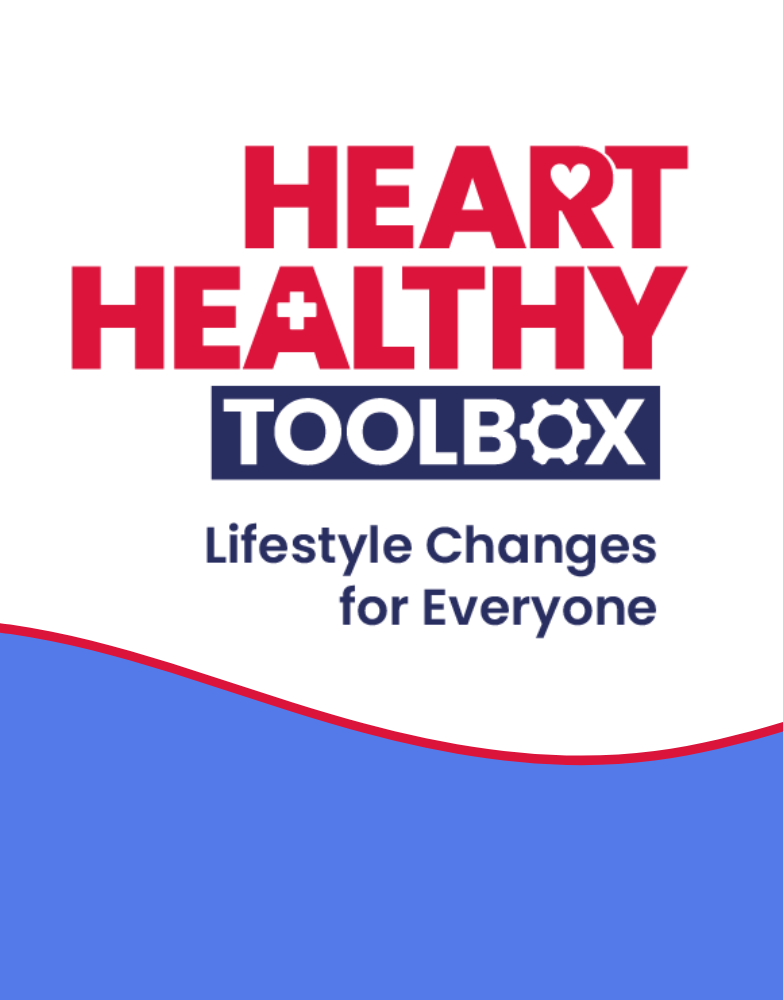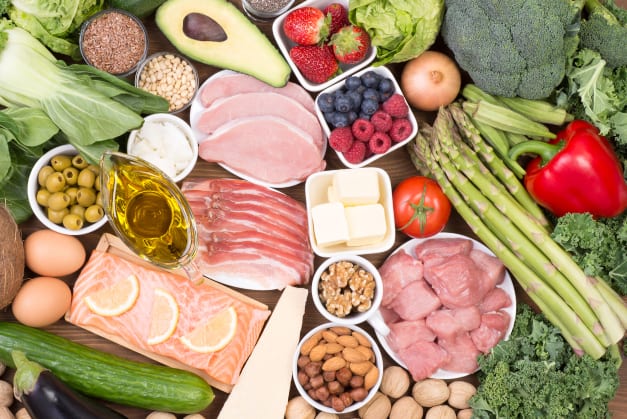Diets and eating plans have varied ‘shelf life’ and while many move in and out of favor, others continue to stand the test of time and continue to be guideline-recommended for patients looking to reach, or maintain a healthy weight. The DASH (Dietary Approaches to Stop Hypertension) and the Mediterranean eating plans have continued to demonstrate long-term positive impacts—but what about ‘keto’ plans? Is an eating plan that induces ketosis one that should be recommended?
Ketosis vs. Ketoacidosis: The Basics
When someone consumes a low-carbohydrate diet, it leads to ketone body production. This is called physiological or nutritional ketosis. This is related to, but different than, ketoacidosis, or diabetic ketoacidosis (DKA), which occurs when there is a lack of insulin and an abundance of blood glucose.
In people with normal metabolic function, restricted intake of carbohydrates can trigger the body to move from using glucose as the primary energy source to using fat as fuel. When there is not enough glucose available, fatty acids are moved from adipose stores and are converted into ketone bodies in the liver. The presence of ketone bodies in the blood is termed ketosis. Ketones in the form of acetoacetate and β-hydroxybutyrate (BHB) can be used by the brain and the body as an energy source.1
Ketoacidosis, on the other hand, can be life-threatening due to dangerously high levels of ketones.2 Diabetic ketoacidosis (DKA) develops when your body doesn’t have enough insulin to allow glucose into your cells to use for energy, so your liver breaks down fats to use for fuel.3 This process produces acids (ketones) in your blood, which can build up and cause blood to become acidic (blood pH becomes too low). This may lead to diabetic coma or even death.4
Ketosis vs. Ketoacidosis: The Blood Glucose Level
The presence of ketones in the blood or urine indicates that the body is using fats rather than glucose for energy, but how can you differentiate between ketosis and ketoacidosis?
In healthy individuals, ketone body levels are ~0.1mmol/L of BHB.5 For individuals on a ketogenic diet, serum levels of ketones from 0.5-3 mmol/L indicate ketosis.6 This is well below the range of starvation, which is 5-10 mmol/L.
Extreme levels of ketones, 15-25 mmol/L, are found in DKA. While it is rare for someone without diabetes to experience ketoacidosis, it has been reported in individuals who used a ketogenic diet while lactating, after an extended fasting period, or in a diet with <20g of carbohydrate/day.7
Ketosis vs. Ketoacidosis: The Bottom Line
Cardiovascular nurses are often involved in counseling patients on lifestyle choices, including eating plans that may be ketogenic. Patients need to understand the challenges of following a low-carbohydrate diet that triggers ketosis.
It is important to recognize that ketogenic diets are not right for everyone. As an example, for patients with Type 2 diabetes, use of a ketogenic diet is not recommended for those taking SGLT2 inhibitors, as the combination can lead to severe DKA.8
While there may be benefits of this eating plan for some patients, reducing the intake of carbohydrates to a level to maintain ketosis may result in a lack of nutrients such as fiber, vitamins C and D, folate, and minerals such as selenium, calcium, and magnesium. These vital dietary components are needed to maintain a sound immune system, bone, and gastrointestinal health—and there is some evidence that long-term restrictive diets can have a detrimental effect on the health and diversity of the gut microbiome.9
Nurses should use shared decision-making in eating plan discussions, provide validated resources with accurate information about ketogenic eating plans, recommend dietary supplementation and ketone monitoring, and help patients with possible side effects.
References
- Fedorovich SV, Voronin PP, Waseem TV. Ketogenic diet versus ketoacidosis: what determines the influence of ketone bodies on neurons? Neural Regen Res. 2018;13(12)2060-2063. doi: 10.4103/1673-5374.241442.
- Medical News Today. Differences between ketosis and ketoacidosis. 2019. Accessed October 28, 2025.
- Centers for Disease. Diabetic Ketoacidosis. 2024. Accessed October 28, 2025.
- American Diabetes Association. Diabetes & DKA (Ketoacidosis). 2025. Accessed October 28, 2025.
- Anderson JC, Mattar SG, Greenway FL, Lindquist RJ. Measuring ketone bodies for the monitoring of pathologic and therapeutic ketosis. Obes Sci Pract. 2021;7(5):646-656. Doi: 10.1002/0sp4.516.
- Healthline. What’s the Ideal Ketosis Level for Weight Loss? 2025. Accessed October 28, 2025.
- Stefanski J. Ketosis and Ketoacidosis. They May Be Sisters, But They’re Certainly Not Twins. ADCES. 2018;6(6). doi: 10.1177/2325160318798640.
- Guirguis H, Beroukhim Afrahimi S, Pham C. The Use of SGLT-2 Inhibitors Coupled With a Strict Low-Carbohydrate Diet: A Set-Up for Inducing Severe Diabetic Ketoacidosis. Clin Med Insights Case Rep. 2022;8:15. doi: 10.1177i/11795476221090045.
- UCLA Health. Ketosis, ketoacidosis sound similar, but not the same thing. 2025. Accessed October 28, 2025.
Published on
November 10, 2025
Related Resources


Online Interactive Guides
Diabetes and Your Heart: Close Connections Online Interactive Patient Tool
June 12, 2025







